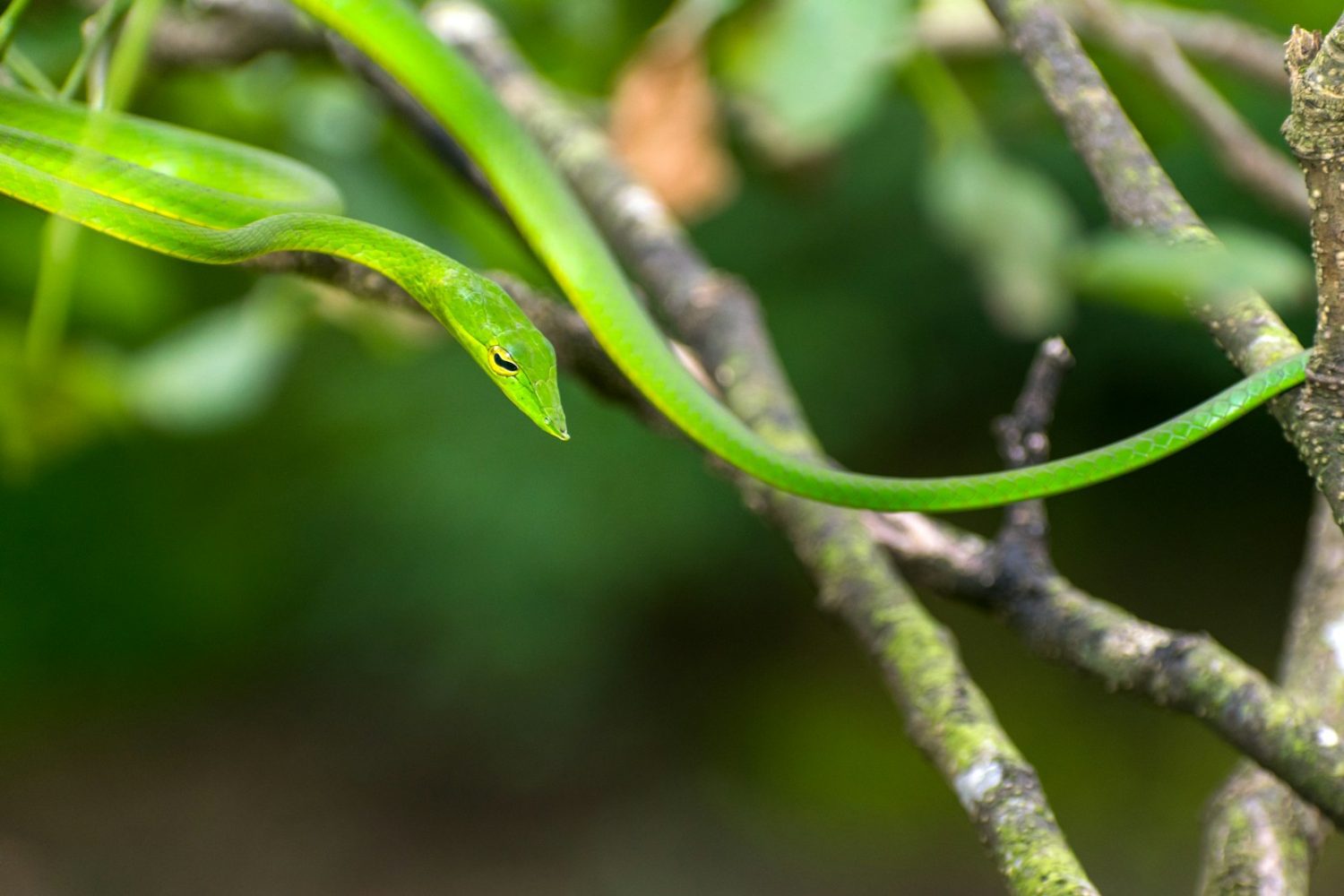When you see a slender snake slithering through your flower bed or vegetable patch, your first thought might be: “Is it dangerous?” This is a natural worry. After all, many of us grow up hearing about venomous snakes and the risks they pose. But here’s the truth: most garden snakes are harmless. In fact, many of them help more than they harm.
To understand why, let’s explore what garden snakes really are, how they behave, and what role they play in your backyard ecosystem.
Understanding Garden Snakes
When people say “garden snake,” they usually mean garter snake. The name sounds similar, and over time the terms became interchangeable. Garter snakes are among the most common snakes you’ll spot in yards, fields, and gardens across North America.
They are slender, usually two to three feet long, with patterns of stripes or checks running down their bodies. Their colors vary—green, brown, gray, or even black with yellow stripes. They move quickly, but they are not aggressive toward people.
Most important, garter snakes are not poisonous to humans. They do have mild venom in their saliva, which they use to subdue small prey like frogs, worms, and insects. But this venom is so weak that it has no real effect on us. At worst, if one were to bite, you might feel a tiny scratch or mild irritation. For most people, it’s no different than a mosquito bite.
So when you see a garden snake, you can relax. It’s not a threat.
Helpful Role in the Garden
Instead of worrying about garden snakes, it’s better to see them as quiet helpers. They feed on pests that damage plants. Slugs, grasshoppers, crickets, and small rodents are all on their menu. By keeping these populations in check, snakes reduce the pressure on your vegetables and flowers.
Think of them as natural pest control. You don’t need to pay for sprays or traps when a garter snake patrols your beds. They work silently, blending into the mulch, striking only when needed.
Another bonus: their presence means your garden is healthy. Snakes avoid polluted or heavily disturbed areas. If they choose your yard, it often signals balance in your soil, plants, and wildlife.
Separating Fear from Facts
Why, then, do so many of us fear garden snakes? Much of it comes from misunderstanding. We confuse them with venomous species, or we jump at the sudden sight of something moving in the grass. But fear softens when facts take its place.
- They are not aggressive. A garter snake would rather flee than fight.
- They are not dangerous. Their mild venom only affects small prey.
- They are beneficial. By eating pests, they support our gardening efforts.
Of course, it’s wise to show respect. Don’t pick them up, corner them, or handle them roughly. Like any wild creature, they deserve space. But once you understand their role, that quick flash of scales no longer feels like a threat—it feels like a sign your garden is alive and thriving.
Embracing Nature’s Balance
The next time you see a snake in your garden, remember: it’s not out to harm you. It’s there to find a meal, to live quietly, and to play its part in the web of life that surrounds your home.
By welcoming garden snakes instead of fearing them, we invite a healthier, more balanced space. We give up worry and gain an ally. And we discover that sometimes, what looks scary at first is actually a gift in disguise.
A Calmer View of Backyard Visitors
Garden snakes are not poisonous. They are not enemies. They are partners in the quiet work of keeping gardens strong. When we shift our perspective, fear turns to appreciation.
So the next time you glimpse a stripe slipping between the rows, smile. You’ve just spotted one of your garden’s best-kept secrets—a gentle guardian, hidden in plain sight.

